


It’s BMW versus Audi yet again. The 2.0-litre diesel avatars of X3 and Q5 are all set for a battle. Let’s see whose day it is today
As you can see in the pictures around, what we have for a comparison are the BMW X3 and the Audi Q5.
Both are mid-size SUVs or rather soft-roaders we would say, both are German, both are powered by 2.0-litre diesel engines and both are pretty new in the Indian market. The Audi Q5 has been around for over two years, but its 2.0-litre diesel variant came earlier this year. The BMW is comparatively a more recent entrant, having come to these shores about three months ago. Since BMW and Audi have been arch-rivals for years, the battle for supremacy still continues even in this case.
If you think that this one is another fierce battle of two of the best-in-class warriors, you might be surprised by the outcome. How? Let us see.


 Design And Styling
Design And Styling
When a company launches a new car, one expects it to be a much better looking one. It should appeal at first sight and make its predecessor look dated. We expected that of the X3, but were disappointed on that front. No doubt, the X3 looks better than the earlier version of the same car, which was much too box-like. The headlights have been slightly changed, the kidney-shaped grille is more or less the same, the bumper is slightly sleeker than before and the overall look is more of a facelift than that of a new car. Even at the rear, the basic form has been maintained. The sharp edges have been replaced by curvy ones and the rear now bears a finer look. Overall, apart from refining the design, BMW have not done much with the X3’s looks.
Look at the Q5, on the other hand, and you know that this Audi is a modern car. It has soft edges at the front and sides, a big, chromed grille, LED jewelled headlamps, sharp yet stylish tail-lights and an overall aggression that would scare its competitors. What really goes in favour of the Q5 is its positively raked nose as against the upright one of the X3. Though the new Beemer is less boxy, the nose still gives an old car feel to it. If looks had to decide the fate, the X3 would be miles behind the Q5.


 Engine And Transmission
Engine And Transmission
As mentioned earlier, the BMW X3 and Audi Q5 are both powered by 2.0-litre diesel engines. However, their power outputs differ. While the X3’s motor produces 184 PS of peak power, the Q5’s engine makes only 170 PS. Even on the torque front, the X3 stands tall with 380 Nm as against 350 Nm of the Q5. Obviously, with the higher output ratings, there is no question that the X3 performs better when it comes to outright acceleration. The BMW manages 0-to-100 km/h in 9.56 seconds while the Q5 crosses the same mark 1.8 seconds slower, that is, in 11.36 seconds. However, a point to be noted here is that the Q5 takes a little longer to get off the mark because it launches in the second gear, then drops to the first and then accelerates hard. It loses almost a second in this business.
Now, instead of outright acceleration, if we compare the kickdown accelerations of the two cars from 40 to 120 km/h, the Q5 is just about a second slower than the X3. We think that this difference is negligible while considering everyday driving.
The credit for comparable kickdown acceleration times of the Q5 despite having lesser power goes to its excellent transmission. This Audi uses a dual clutch, seven-speed gearbox that shifts through the cogs seamlessly as against the old fashioned, torque converter type eight-speed box used in the X3. While the Q5 manages to upshift without letting the driver notice it, the X3 takes its own time and makes the shifts evident. Even within the city, the Q5 feels much better to drive unlike the X3, which keeps revving up and down all the time.


 Handling And Drive Quality
Handling And Drive Quality
It is an established fact that BMWs are drivers’ cars. They have stiff suspensions, precise feedback and a lot of sportiness. However, we haven’t been big fans of their extreme stiffness when it comes to day-to-day driving. BMW moved a little towards the optimum set-up for the 5-series and an excellent one in the GT, which were welcome and appreciable changes. But what they did with the X3 was a little too much. This SUV has become so soft now that those who have known BMWs for a long time will find it difficult to accept this one. There is quite a lot of body-roll evident too. At slow speeds, the X3 feels good as it takes care of the bumps with its soft suspension. But as the speed goes up, the X3 doesn’t feel as planted and as stable as a BMW should.
On the other hand, the Q5 impresses at low as well as high speeds and manages to negotiate every sort of surface appropriately. There is very little body-roll, good stability through corners and a very comfortable drive at the same time. Be it in the city or on the highways, the Q5 feels at home. What impressed us even more was that you couldn’t hear the road noise or the engine in the cabin while driving at high speeds in the Q5. As against that, the X3’s engine was audible in the cabin even at idling.


 Space, Equipment And Features
Space, Equipment And Features
The X3 has something to boast about when it comes to cabin space. With overall dimensions a little more generous than the Q5’s, the X3 manages to offer more space to the passengers than its competitor. The front leg room, front knee room and the rear knee room are all better in the X3 by approximately 50 mm than in the Q5. The shoulder space and headroom are, however, almost identical in both these SUVs.
On the features front, the X3 gets an additional Auto Start/Stop and keyless ignition button, which are missing in the Q5. On the other hand, the Audi gets the parking camera, which isn’t even an option in the X3. The rest is pretty much similar in both the cars.
Efficiency
Fuel-efficiency is hardly a prime factor when it comes to luxury cars like BMWs and Audis. However, with the automotive world trying to get greener and greener by the day, fuel-efficiency has gained in importance. Both the cars have almost similar efficiencies with the X3 delivering nine kpl and 14 kpl in city and on highway respectively and the Q5 delivering 10 kpl and 14 kpl respectively. The slightly higher efficiency of the Q5 within city is due to its superior dual-clutch transmission, whereas the X3’s at par efficiency on the highway despite having more power and torque is due to its eight-speed box that lets the car run at lower revolutions per minute.
 Verdict
Verdict
While the X3 proves to be better in outright performance, cabin space and is at par with its efficiency, there are some shortcomings in this Beemer. The first disappointment is the styling of the X3. The new car looks more like a facelift version to us. Secondly, though the engine is powerful, it is noisy and unrefined. Thirdly and most importantly, the X3 doesn’t feel like a typical BMW. It’s soft and doesn’t give the feel of an enthusiasts’ car. The Audi Q5, however, impresses with its drive quality, handling, refinement, transmission and styling. It only lacks in outright acceleration, something that would hardly matter in everyday driving.
What clinches the argument in favour of the Audi Q5 is its price. The Q5 2.0 TDI is priced at Rs 46.32 lakh (OTR, Pune) and the BMW X3 xDrive 20d at Rs 49 lakh (OTR, Pune). At almost Rs 2.7 lakh less, the Audi Q5 makes for a perfect all-rounder with a better driving experience.
There is very little body-roll in the Q5, good stability through corners and a very comfortable drive at the same time
Story: Adhish Alawani
Photography: Sanjay Raikar



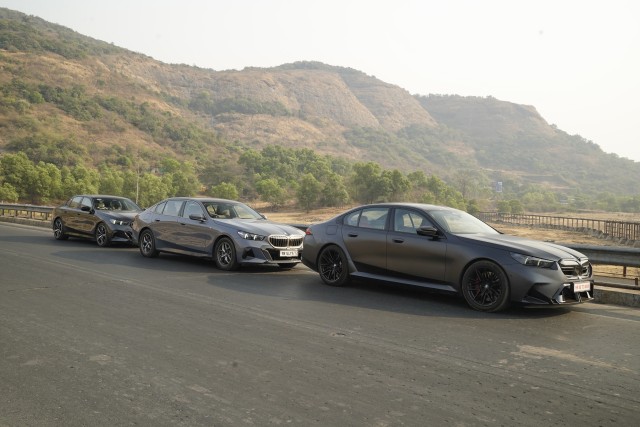
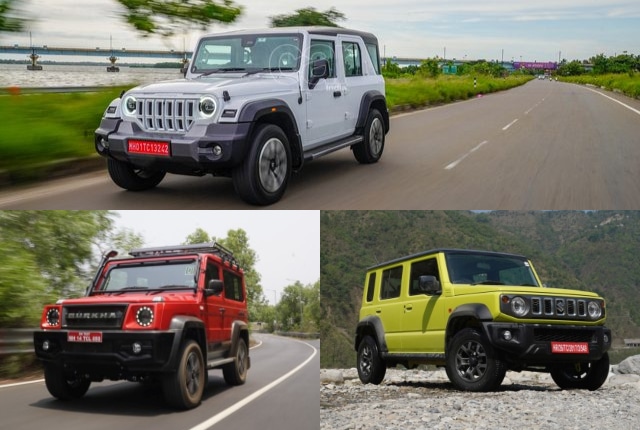

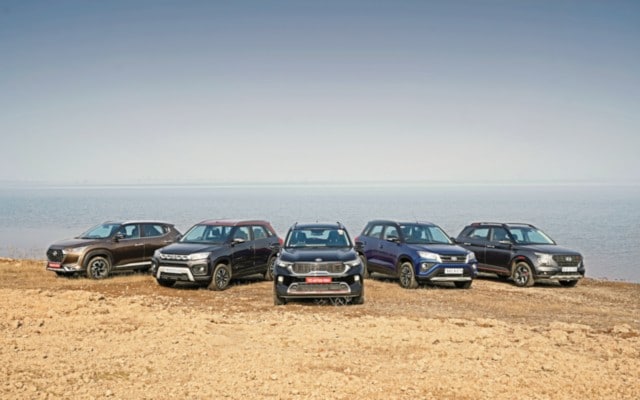
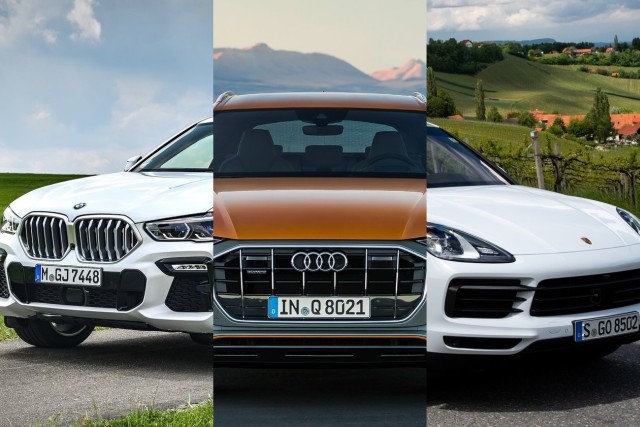
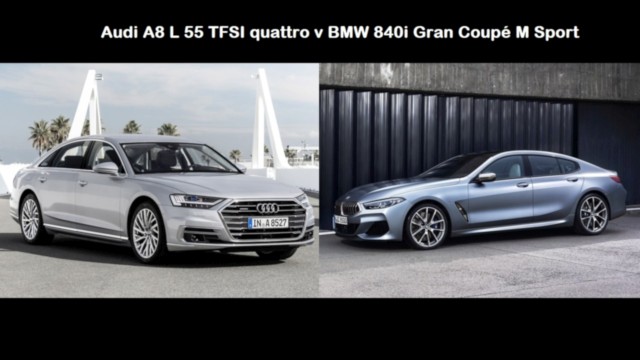
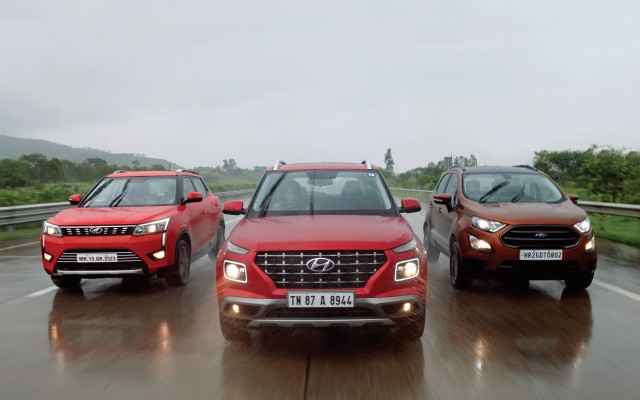
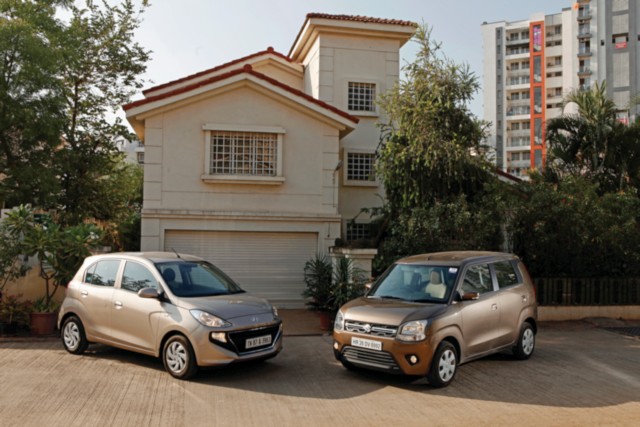
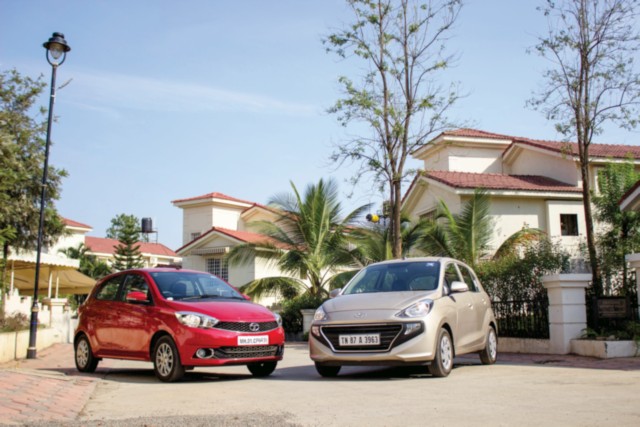
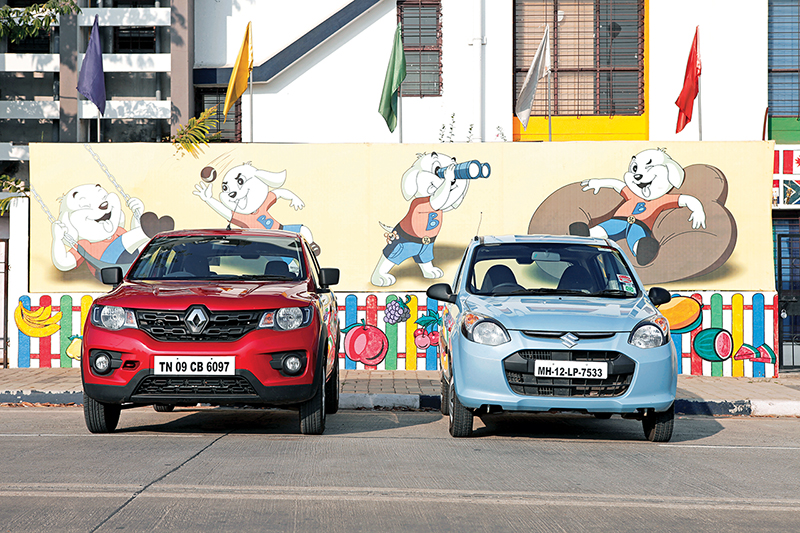
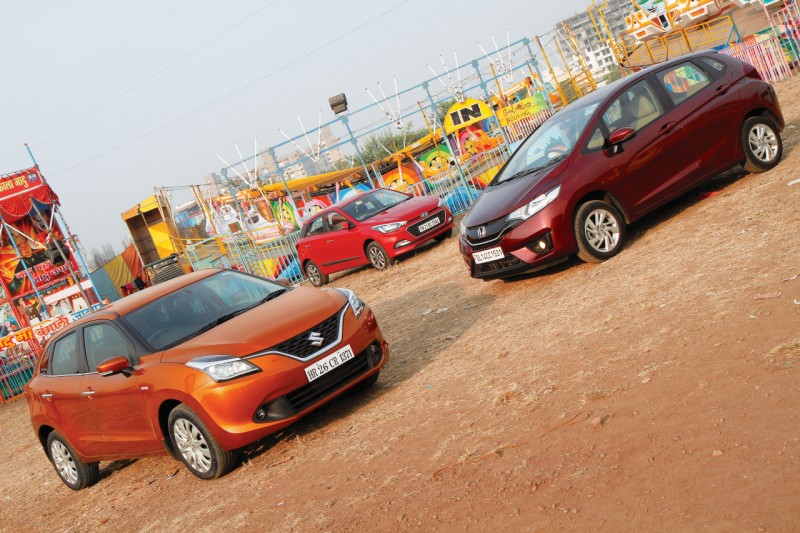
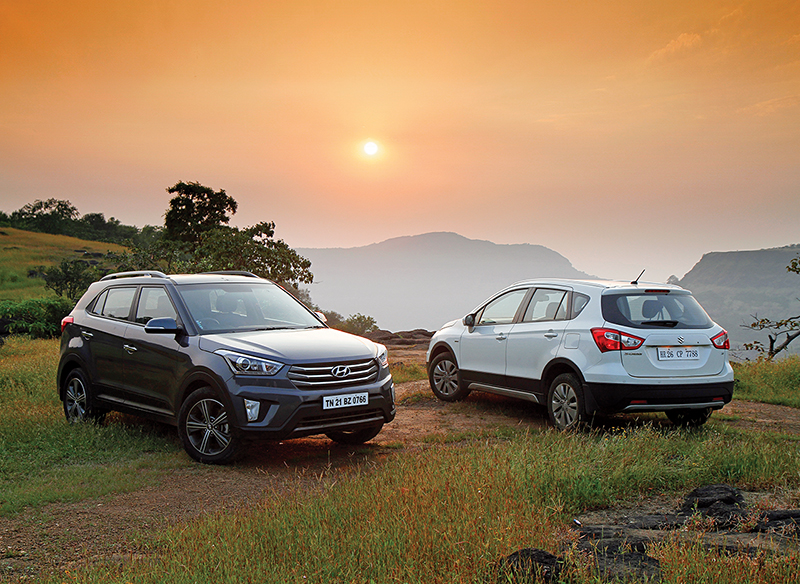
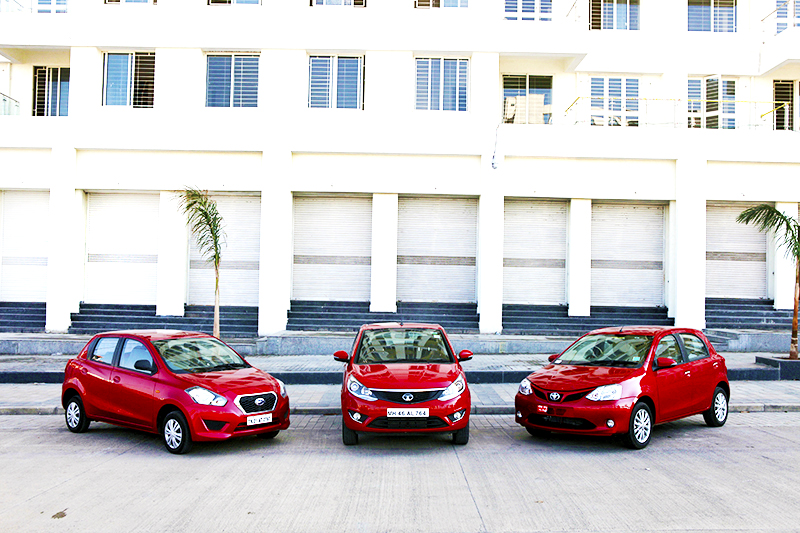
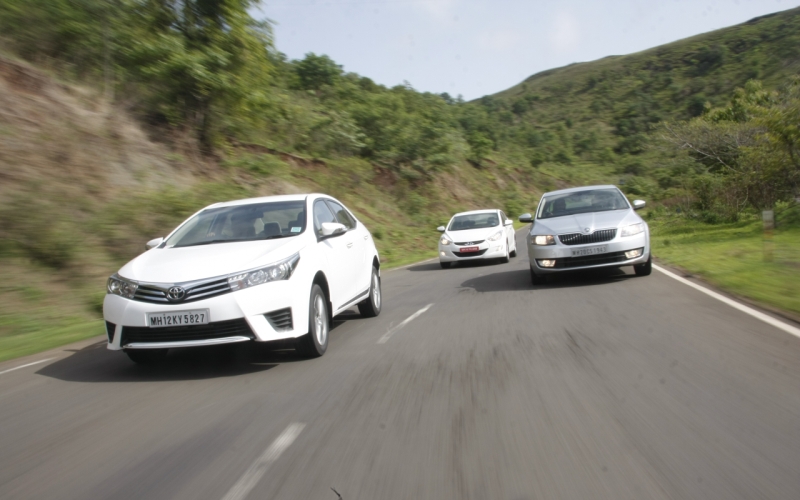
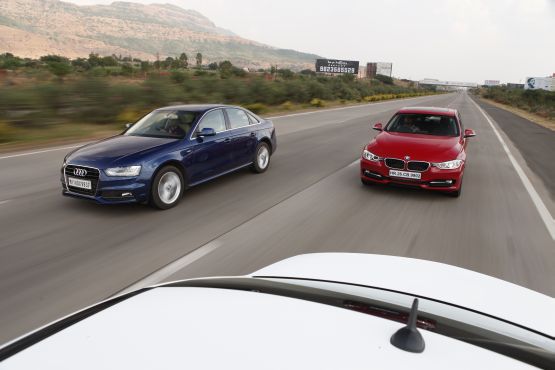




Leave a Reply